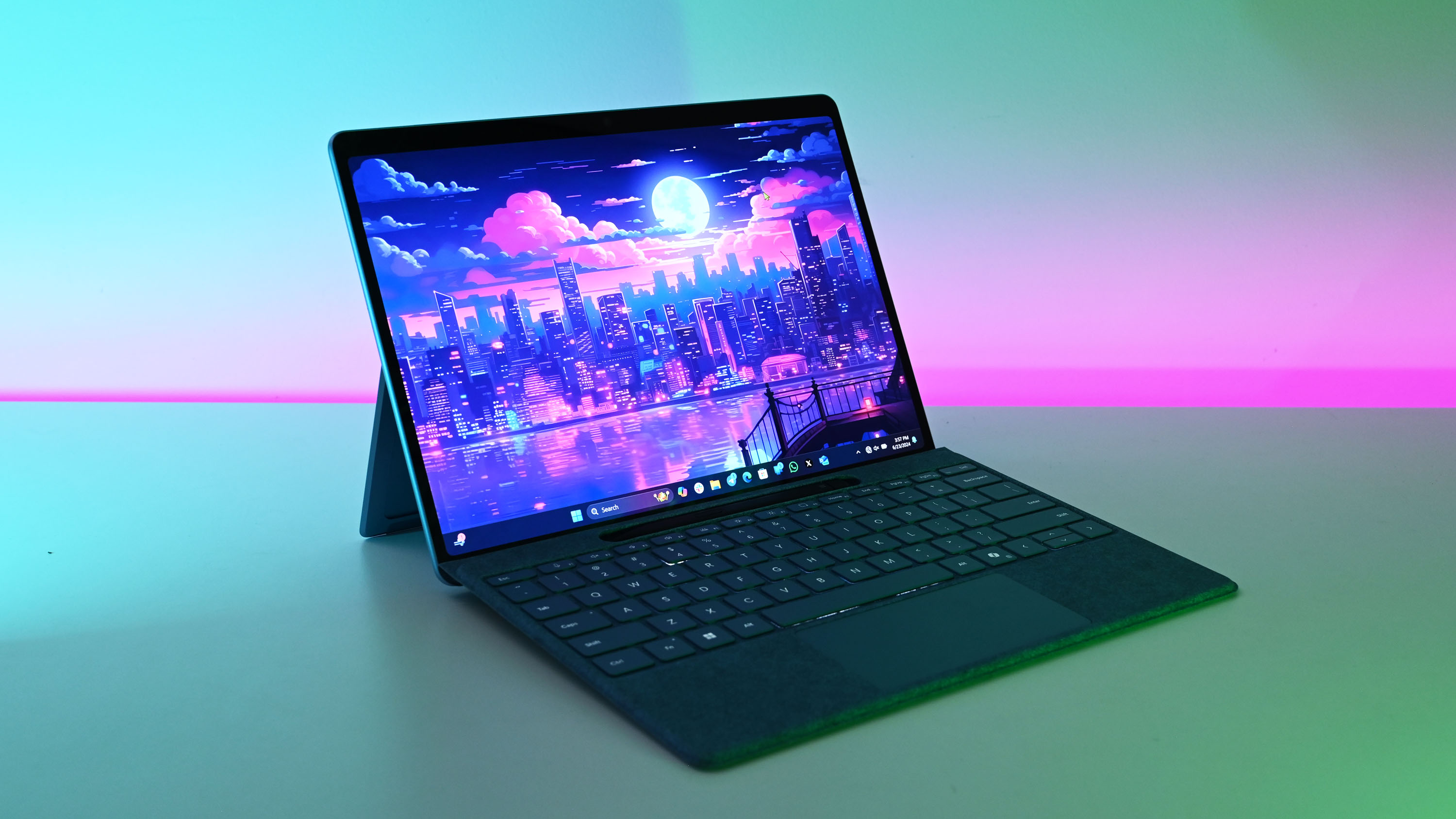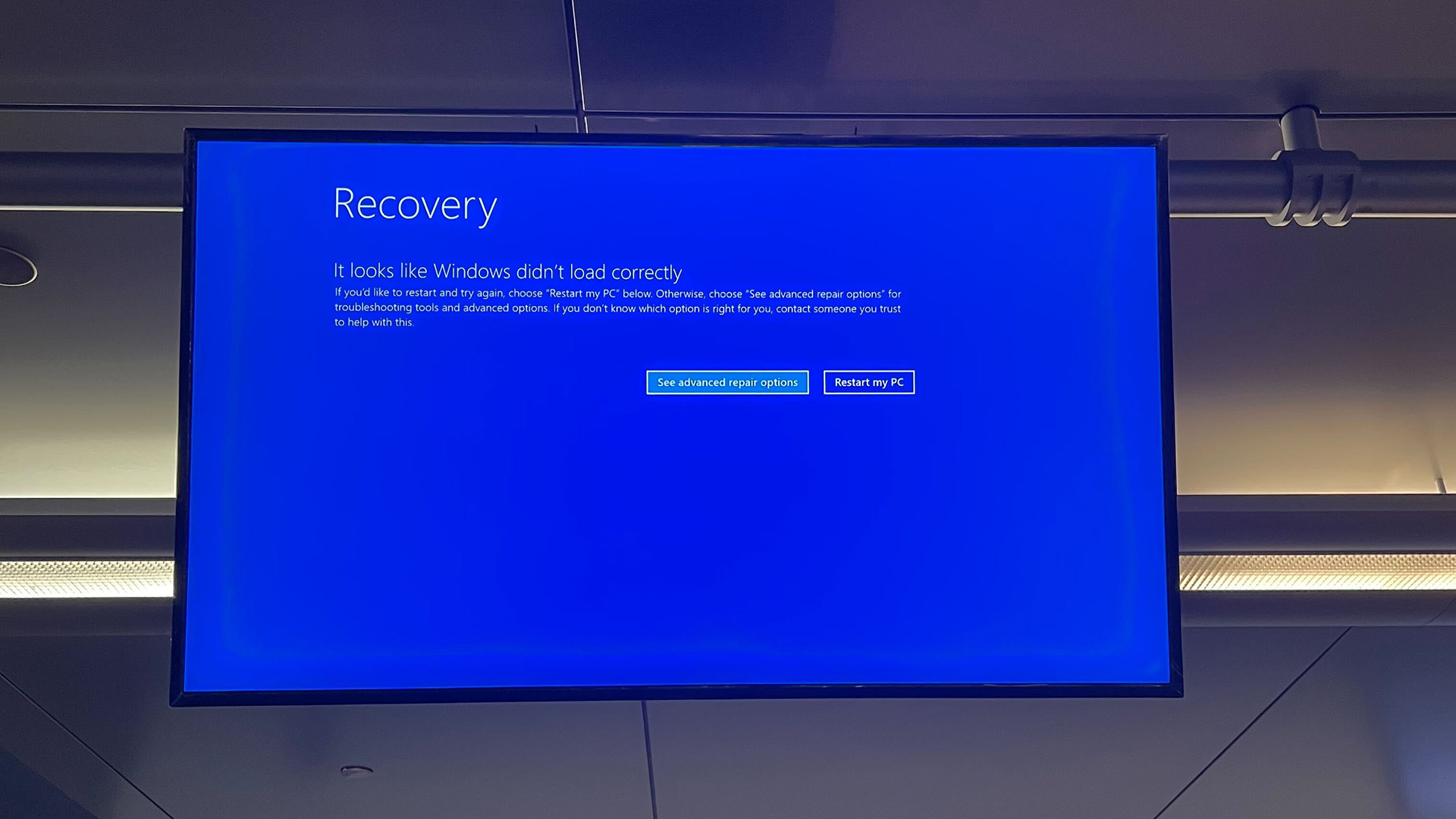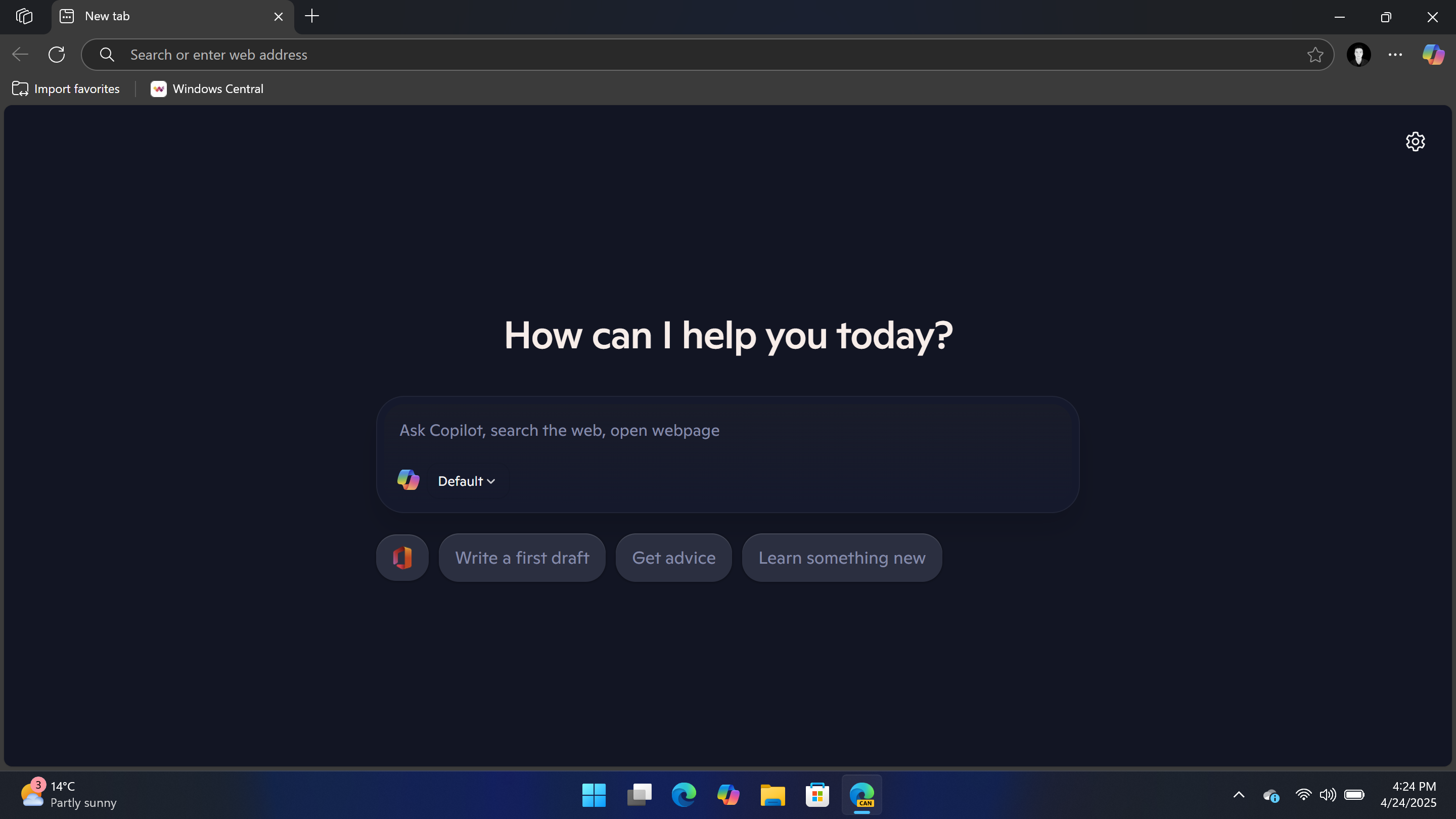Latest Windows 11 bug will have you scrambling to find your BitLocker recovery key
July's Windows security update has a bug that can cause your PC to show the BitLocker recovery screen when booting up.

What you need to know
- Microsoft discovered an issue with the July 2024 Windows security update that was released on July 9, 2024.
- The bug can cause PCs to show the BitLocker recovery screen when booting up.
- You can work around the issue by entering a BitLocker recovery key.
- Microsoft is investigating the issue and working on a permanent fix.
Microsoft releases Patch Tuesday updates for Windows 11 on the second Tuesday of each month. Generally, these updates include security fixes and general improvements that deliver a better computing experience. They do occasionally, however, include new bugs that need to be ironed out. That's the case with the July 2024 Windows security update, which can cause PCs to show a BitLocker recovery screen when booting up.
Windows 11 version 23H2, Windows 11 version 22H2, Windows 11 version 21H2, Windows 10 version 22H2, and Windows 10 version 21H2 are all affected by the issue. Several versions of Windows Server dating back to Windows Server 2008 are also affected.
Microsoft describes the issue on a support page:
"After installing the July 2024 Windows security update, released July 9, 2024 (KB5040442), you might see a BitLocker recovery screen upon booting your device. This screen does not commonly appear after a Windows update. You are more likely to face this issue if you have the Device Encryption option enabled in Settings under Privacy & Security -> Device encryption. Resulting from this issue, you might be prompted to enter the recovery key from your Microsoft account to unlock your drive."
As noted by Microsoft, the issue is more likely to appear if you have Device Encryption enabled. If you run into the bug, you may be asked to provide the recovery key from your Microsoft account. If you enter your recovery key, your PC should start up as normal.
If you do not know your BitLocker recovery key, you can retrieve it by going to Microsoft's recovery screen portal. You'll need to log into your Microsoft account to get your recovery key.
At the moment, using a recovery key is the only known workaround for the issue. Microsoft is looking into the situation and working on a permanent fix.
Get the Windows Central Newsletter
All the latest news, reviews, and guides for Windows and Xbox diehards.
BitLocker in the news

BitLocker has been around for quite some time. It adds an extra layer of security to devices by using encryption. You can configure BitLocker encryption on Windows 11 to secure your PC as long as you have Windows 11 Pro, Enterprise, or Education (Windows 11 Home has a limited version of BitLocker called device encryption). While BitLocker is not new, interest in the technology spiked recently due to the CrowdStrike outage. That issue was unrelated to the Patch Tuesday bug covered above, but it was also related to BitLocker. The CrowdStrike outage cause Google searches of BitLocker to spike.
The reason many had to search for BitLocker following the CrowdStrike outage was that fixing the issue required a BitLocker Recovery key initially. Microsoft has since updated its recovery tool to work without a BitLocker recovery key in certain situations.
With the CrowdStrike outage and the latest Patch Tuesday bug both involving BitLocker, I predict searches for the feature will spike again.

Sean Endicott is a tech journalist at Windows Central, specializing in Windows, Microsoft software, AI, and PCs. He's covered major launches, from Windows 10 and 11 to the rise of AI tools like ChatGPT. Sean's journey began with the Lumia 740, leading to strong ties with app developers. Outside writing, he coaches American football, utilizing Microsoft services to manage his team. He studied broadcast journalism at Nottingham Trent University and is active on X @SeanEndicott_ and Threads @sean_endicott_.
-
Paul Chudigian My old Surface Pro 3 is experiencing this very problem. I've been defaulting the unit back to 1511 and applying the updates to bring it back to 22, sure enough, when an update is applied, it goes back to the BitLocker screen.Reply
As a stopgap, I brought the computer back to 2202, but halted all further updates until I can get things sorted & figured out.
So far, none of my otherW10 & W11 computers have been affected.
